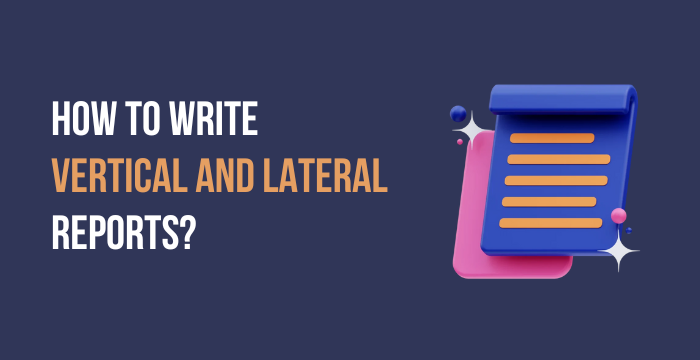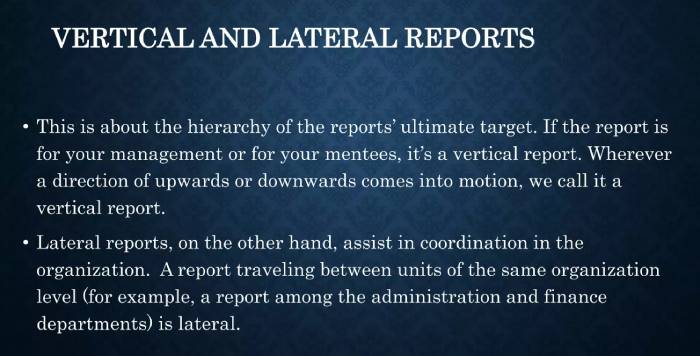
What is report writing?
A report is a formal document that helps provide detailed information regarding a particular incident, theme, phenomenon, issue or topic. Different types of figures, facts, statistical data, tables and charts are the basis of this writing style. The use of facts and figures helps in increasing the credibility of the report. Also, the reports are written in the form of a descriptive form, which helps explain the various components of the report and increases the credibility of the report. Every report targets a specific audience, which helps prove a solution to a specific problem and helps the readers in hard times.

Report Format
Every report is based on a specific type of format. The use of format while writing a report is beneficial in providing a clear and presentable report to the readers. Using a valid structure during the preparation of the report is essential as it helps increase the overall efficiency of the report. Some of the significant components of a report are:
- Title: The report's title provides information regarding the author's name and publishing date of the report. It helps in increasing the credibility and validity of the report.
- Summary: The summary of the report plays an essential role in the overall completion of the report. The summary consists of all essential statements and arguments made in the report. The readers get all relevant information published in the reports by reading the report's summary. The summary is critical in reports as it helps in increasing the readability of the report during lack of time by the reader.
- Introduction: The introduction is vital to the reader as it helps create a long-lasting impression on the reader's mind. The introduction of the report helps in providing information regarding the main topic of the report. As the report's summary is based on the report's introduction, the introduction is an integral part of the report.
- Main body: The body of the report generally consists of several paragraphs and provides information regarding the main topic. The more important points are written first in the body, and less important points are included in the bottom section of the body. The section contains a large amount of information along with facts and figures.
- Conclusion: It provides the final words regarding the topic by the writer. The report's conclusion contains all the report's essential aspects and helps provide a clear picture regarding the contents of the report to the readers. Moreover, the conclusion should not contain any new information regarding the topic discussed in the report.
- Recommendations: This is vital to the report when written in English. The recommendations in the reports are provided in the order of their priority to the topic.
- Appendices: The appendices carry information regarding the different technical data used in the report.
What is Vertical Report?
The vertical reports are usually described across the hierarchy of the group. For instance, a report made on a proposal waiting for the manager's approval is an example of a vertical report.
What is Lateral Report?
The lateral report is generally distributed among the different members of the teams. Different project reports, such as reducing financial expenditure, can be considered lateral reports. This report is presented among the team members and then to the finance manager for approval.
Uses of Vertical report
The vertical reports are generally used to provide information regarding the company's balance sheet, provide profit and loss statements and help identify percentages of each line to the total of the line. This type of report helps evaluate the different trends occurring with time, comparing the data of two or more companies and evaluating the financial statements of the company in comparison to the industry standards.
Advantages of vertical report writing
- Helps in making business strategy: Vertical report writing is beneficial for the managers of the business to understand the different expenses of the company. The information can be beneficial for the managers to increase the efficiency of their current financial strategies.
- Helps in comparisons: The vertical reports are beneficial in comparing different companies' financial reports. This type of comparison is beneficial for the company's managers in identifying the loopholes in their financial sending and increasing the efficiency of the cash flow in the company for the future.
Disadvantages of using vertical report writing
- Not helpful when measuring liquidity: The liquidity ratio of the company helps in analysing the ability of the company to pay its debt. This is one of the most important aspects of the business, and the vertical report helps provide liquidity information about the company.
- There is no reason for “why”: The vertical reports generally include percentages of mathematical data. As a result, it helps in understanding an income statement. However, it did not provide the reasons for the things happening in the first place. This makes it difficult for the managers to make decisions based only on vertical reports for the future.
What is the difference between vertical reports and lateral report?
The significant difference between these two reports is how the information flows in the report. For instance, vertical report moves down or up in its hierarchy and helps manage the business. On the other hand, lateral reports travel between different departments in the same organisation.
Different characteristics of lateral and vertical report
Some of the significant characteristics of lateral and vertical reports are:
- The report should provide clear thought to the reader: A good quality lateral or vertical report helps prove a cleat. However, both lateral and vertical reports are written straightforwardly using simple language. The language of the report should be easy to understand. A good quality report should be clear regarding the facts and data provided in the report. The readers should be able to read the report clearly and efficiently, which is the primary goal of the reports.
- The reports should be self-explanatory: The report needs to be self-explanatory and comprehensive. The report should provide transparent information regarding the different facts and figures presented in the report. This is one of the essential characteristics of a good-quality lateral and vertical report.


